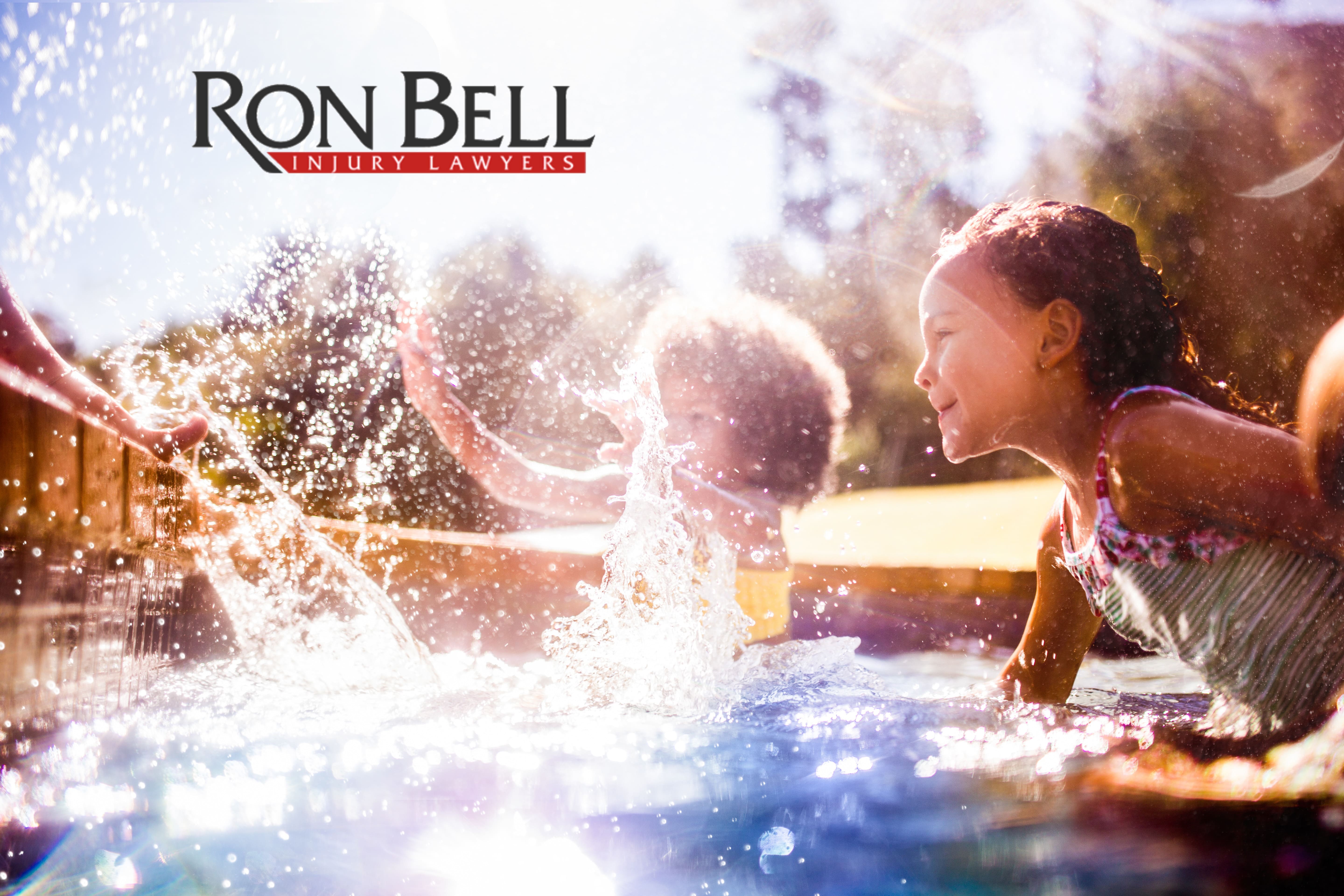
Swimming Pool Safety
July 27, 2017

As summer temperatures continue to entice people to their own residential pools – and those of their friends and family – the laws of liability for swimming pool injuries and death can be just as necessary as the Pool Rules.
“Every day, about ten people die from unintentional drowning. Of these, two are children aged 14 or younger,” states the Centers for Disease Control and Prevention (CDC) in a recent report. “About one in five people who die from drowning are children 14 and younger.”
While drownings may involve many different factors, the CDC notes that many of these deaths are easily avoidable.
“The main factors that affect drowning risk are a lack of swimming ability, lack of barriers to prevent unsupervised water access, lack of close supervision while swimming, location, failure to wear life jackets, alcohol use, and seizure disorders,” their report said.
Attractive Nuisance and Liability
While homeowners may do many things to protect their invited guests and themselves from harm, an often overlooked point of liability is unauthorized access to one’s swimming pool.
Many states regard a pool as an “attractive nuisance.” That is, a dangerous condition that could attract children onto the property. In such a situation, a landowner has a legal obligation to either eliminate the danger or to make it inaccessible to trespassing children. So even though homeowners may not normally be responsible for trespassers that injure themselves on their property, a swimming pool is another story, since it may be found to qualify as an attractive nuisance.
A report by the Stanford Review further clarifies attractive nuisance in practical terms as: “something that an owner knows children find irresistible but nonetheless does not prevent kids from accessing — even though the reasonable man would,” it further adds “Unfenced yards containing deep swimming pools or uncaged deadly animals are examples of attractive nuisances.”
To reduce the inclination to trespass, homeowners can take steps to remove the ease of access to the property. This can include installing a four-sided fence that is at least four-feet high, using self-closing and self-latching gates that open outward with latches that are out of reach of children. Additionally, the CDC advises removing floats, balls and other toys from around the pool area “so children are not tempted to enter the pool area unsupervised.”
Homeowner Liability
Most insurance companies require that they be notified if a pool is on the premises, as it increases liability. The Insurance Information Institute suggests that homeowners with pools should increase policies to at least $300,000 to $500,000 to cover any litigation from pool negligence.
Follow Common Pool Safety Rules
When at your own pool, or when visiting someone else’s pool, it’s important to be careful and follow safe behaviors such as not diving, avoiding alcohol, and avoiding swimming alone. Additionally, for those who are not strong swimmers the CDC cautions that air-filled or foam toys such as “floaties” or “noodles” are not safety devices.“These toys are not life jackets and are not designed to keep swimmers safe.”
Swimming Pool Safety Checklist
The CDC and Red Cross advise the following precautions:
- Place a safety cover on the pool or hot tub when not in use.
- Install a pool alarm if anyone enters the pool.
- Keep children under active supervision at all times.
- Never swim alone or allow anyone to swim alone.
- Install a four-sided fence that is at least four-feet high to discourage children from gaining unsupervised access.
- Use self-closing and self-latching gates that open outward with latches that are out of reach of children.
- Do not drink alcohol near the pool.
- Keep the pool area clean.
- Install Non-slip surfaces around the pool.
